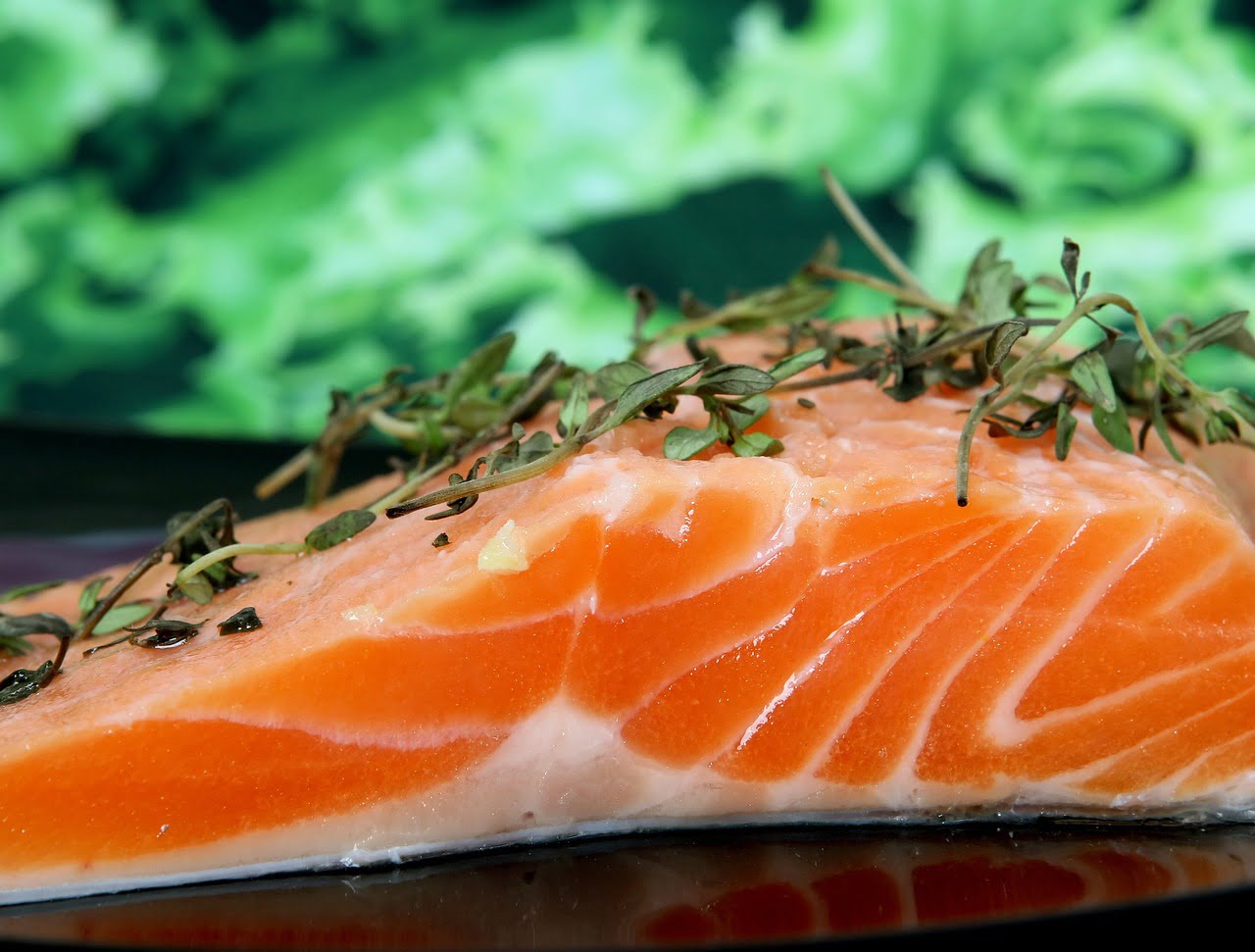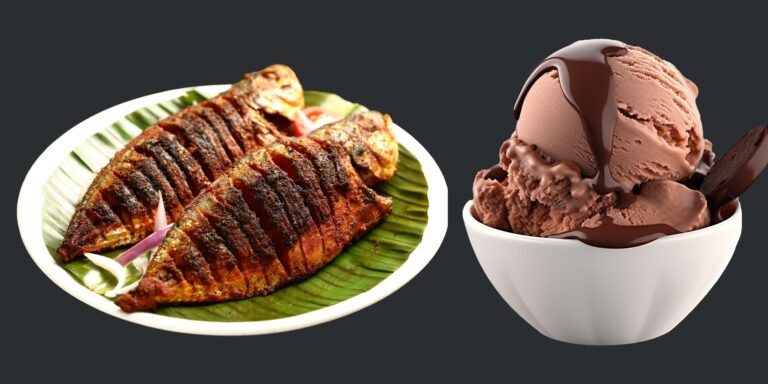Can we eat fish scales?
Yes, you can eat fish scales. While they don’t offer a bounty of flavor, fish scales can be made edible when they are cleaned and cooked properly. There are even cultures where they’re enjoyed as a crispy snack. In this article, we’ll dive into whether fish scales are nutritious, how to safely prepare them, and what they taste like.
Are Fish Scales Nutritious?
- Fish scales do contain collagen, a protein with potential health benefits.
- However, the nutritional value of scales alone is relatively low compared to other parts of the fish.
- Focus on enjoying the flesh and skin of the fish for the most significant nutritional benefits
How to Prepare Fish Scales for Eating
- Thorough cleaning is vital: Scales can harbor bacteria or parasites if not cleaned meticulously. Gently scrape and rinse them thoroughly.
- Crisping is key: The most common (and safest) way to eat scales is frying or baking them until very crispy.
- Flavor is everything: Consider seasoning the scales to make them more palatable.
What Do Fish Scales Taste Like?
- The taste is generally mild and subtly fishy.
- Texture is the dominant factor – think of a very thin, crispy cracker.
- Some people liken them to chips made with other root vegetables.
Should You Bother Eating Fish Scales?
- While edible, they may not be worth the effort for most people.
- There’s little nutritional incentive to eat scales specifically.
- If you’re curious about trying a unique snack, well-prepared fish scales can be a safe and interesting experiment.
This article is reviewed by Russel, before publishing. If you have any doubt, you can contact us or consult with your nearby doctor. Remember, in medical matters, there is no same advice, cure, and medicine for all.





